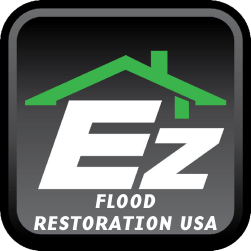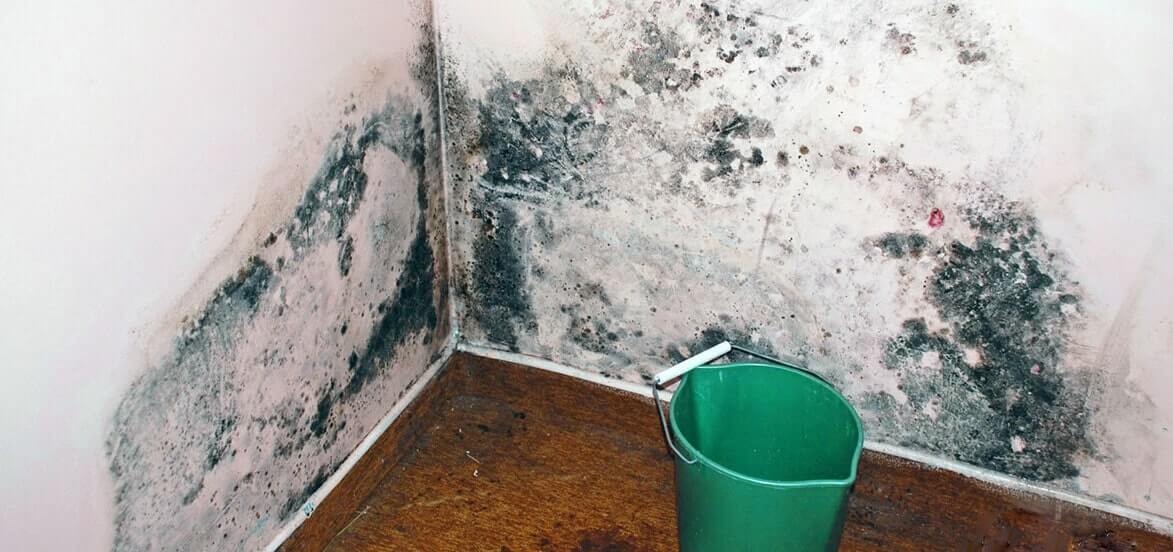Knowing The Signs, Taking Action, And Preventing Outdoor Mold Growth
You may have spotted it already: green moldy growths crawling up the exterior of your house, spreading across the roof, and even showing up on the pavers. Molds are more likely to grow in wet coastal environments, such as some portions of San Diego, although they may be found everywhere with a significant amount of moisture. The difficulty is that once mold has established itself in or on the house, it may grow on almost any surface, including wood, paint, Sheetrock, etc. It presents a significant challenge. Not to mention that due to the persistent presence of moisture and the warm circumstances, typical outdoor surfaces, such as patios, deck furniture, and outdoor cushions, often get infested with mold. For this you need mold inspection in San Diego which is done by the experts of this field.
A sufficient amount of mold may ruin backyard scenery, but the most dangerous aspect of mold is the potential threat its spores offer to human health. If you find mold and mildew developing in your garden, you must eliminate them as soon and efficiently by yourself, or you can hire Mold removal company in San Diego.
What exactly is mold?
Molds are tiny creatures that are members of the fungus family. These organisms include enzymes that may digest and break down organic substances. In the same way as yeast and mushrooms reproduce, so do these fungi via the production of spores. Molds are dreadful organisms, the fact being that they “eat” dead animals, decaying fruit, and downed trees; however, the trouble starts when the molds begin to “eat” the surrounding regions of your house as well. Molds may come in hundreds of different varieties, but one thing they all have in common is the need for moisture to thrive. Mold and mildew are the same; decay is more likely to grow in humid environments.
The Elimination of Mold on Outdoor Surfaces
The inappropriate slope of the land and inadequate maintenance of the gutters and drains in the yard are two common factors contributing to the pooling of rainfall. If you are experiencing these problems, you should clear out your gutters, correct any drainage problems, and regrade your yard such that the slope is one inch for every foot.
Pipes and roofs that leak should be fixed, and you should inspect any external and exterior surfaces for water stains. Put on gloves and a dust mask, and get ready to get rid of any mold that has grown once you have located any sources of excess moisture and dealt with them. to completely get rid of mold, you need to hire mold remediation companies in San Diego for better results
Surfaces for Patios.
If the surface can take it (keep in mind that high pressure might cause damage to wood, brick, or masonry), give your patio a good power washing with water using a broad, low-pressure nozzle or fan tip. If the surface can take it, then do so. You may spray on oxygen bleach (being sure to test its compatibility with the hue), then wait for it to soak in without allowing it to dry. Scrub the moldy spots with a coarse brush, then rinse the area with water. If you see mold growing again, check to see if water can properly drain off of your deck.
Materials for Construction.
Suppose you have been storing wood or other construction materials outside, and they have begun exhibiting mold indications. In that case, you should first seal the area while wearing rubber gloves and a dust mask (or respirator if the mold is the toxic black variety). To keep spores contained, you may rig up a makeshift airlock by covering the entrance to the supply room with a sheet of plastic that has a hole cut out of the middle of it and then covering that sheet with another. All items should be double-wrapped, and any remaining hard surfaces should be washed with a bleach solution and allowed to dry.
Remember to start by putting on some rubber gloves and a face mask before doing anything else. Now, combine one quart of chlorine bleach, one-third of a cup of dish soap, and three quarts of water in a mixing container. Scrub, scrub, then scrub some more of the mold using the sponge. The detergent will assist in removing the mold, and the bleach will destroy any mold spores that may have been present, preventing the decay from returning. After cleaning each surface, please give it a last rinsing with water from your hose—dry anything you can.
Cushions & Pillows for Outdoor Use.
Gloves and mask? Check. Take a sponge, mix three-quarters of a cup of bleach with one gallon of water, and then wipe off all fabric surfaces. If you like, one can wash your cushions and pillows in a conventional washing machine, toss them in with some laundry detergent and that three-quarters of a cup of bleach, and then start the cycle.
Over on the Grass.
Wait for your lawn to dry; while protecting your hands with gloves and a mask, rake away any dead grass or thatch that may have accumulated. Place all of these items inside a trash bag. Moldy regions should have fungicide that is not hazardous to use on lawns sprayed on them using a garden sprayer. You should frequently trim your grass with the best services from companies of Mold Removal in San Diego. Constantly water your grass first thing in the morning from this point on since this will allow the sun to evaporate any excess water that you apply.
Eliminating the Potential for Mold to Form on Outdoor Surfaces
You may either prevent mold from growing again or make your yard less “mold-friendly” by following these steps:
- Regularly maintain your grass by mowing and raking it.
- Ensure that the gutters are clean, so water may drain away from the property.
- It is essential to keep plants and trees pruned away from the roof and siding so that sunshine can reach these areas and prevent mold growth.
- It would be best if you used caulk on the siding and windows to prevent moisture from entering the home.
- Perform routine maintenance on the shingles and the flashing.
- Take immediate action to fix and caulk any roofs or pipes leaking.
- Conduct roof inspections yearly to identify any potential problems before they develop into mold growths.
- Make sure the drainage areas surrounding your house and yard are free of leaves and debris.
- Keep the firewood a safe distance from the home.
- Stucco siding, galvanised fasteners, treated timber, and stainless steel are all popular examples of mildew-resistant materials that are appropriate for use in outdoor applications.
- Upholstered furniture that has been damaged by water should be cleaned and dried.
- Scrub the surfaces with a solution of mild detergent, and then apply a combination of one-fourth cup bleach to one quart of water. It will eliminate any early minor mold infiltrations.


